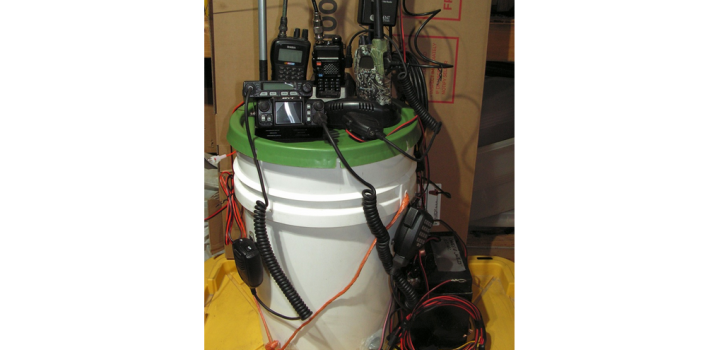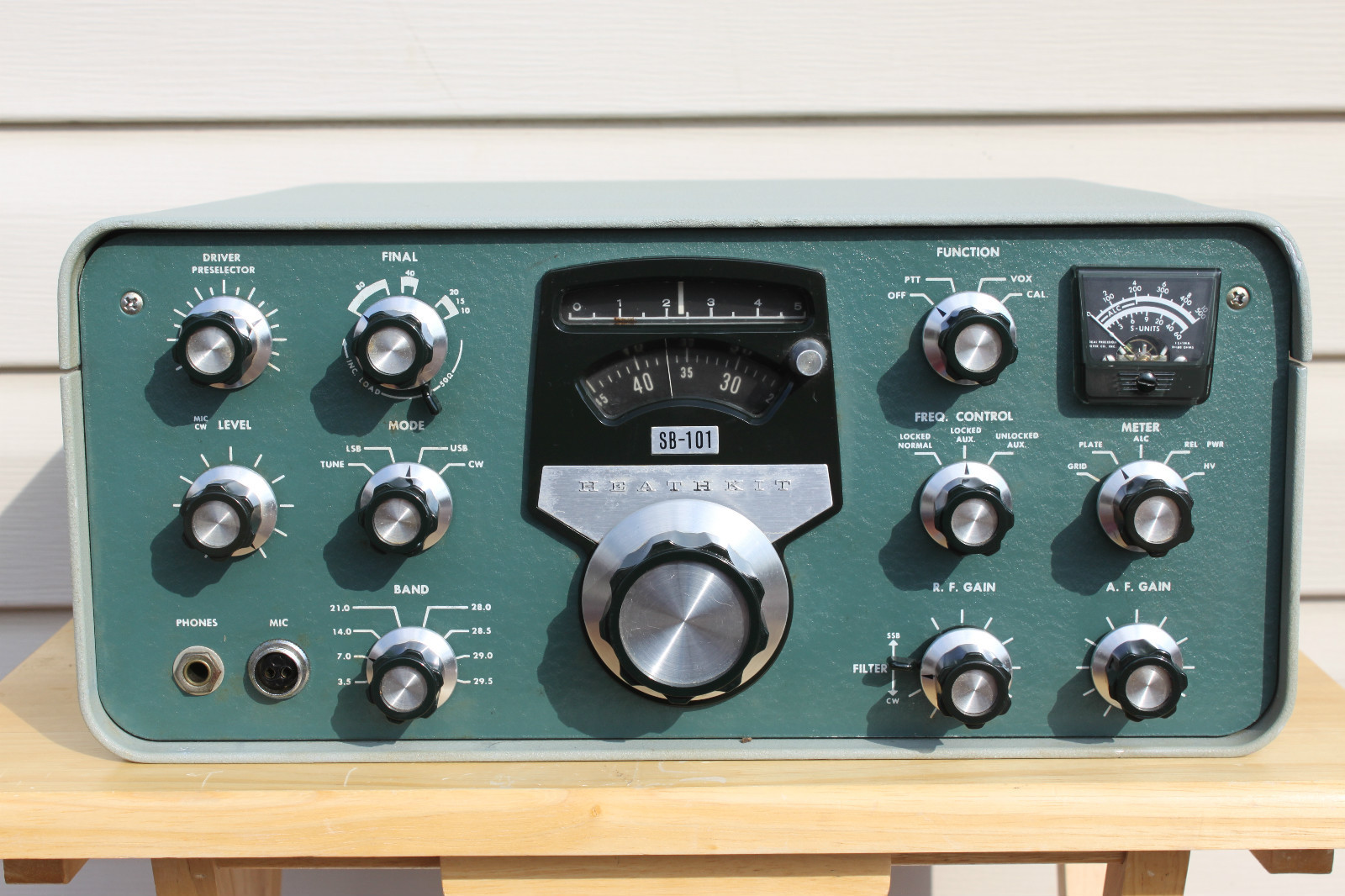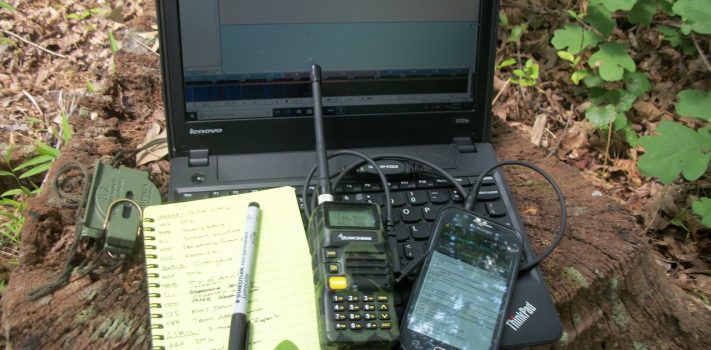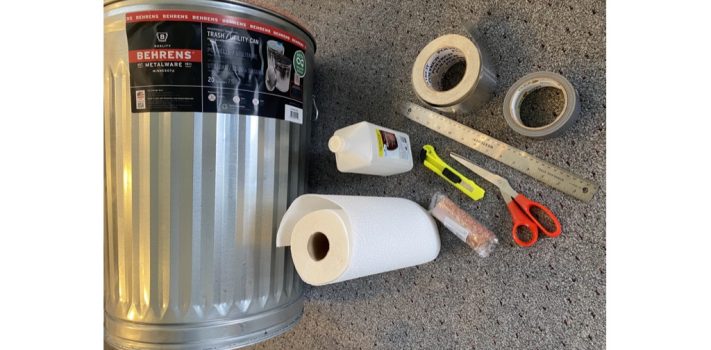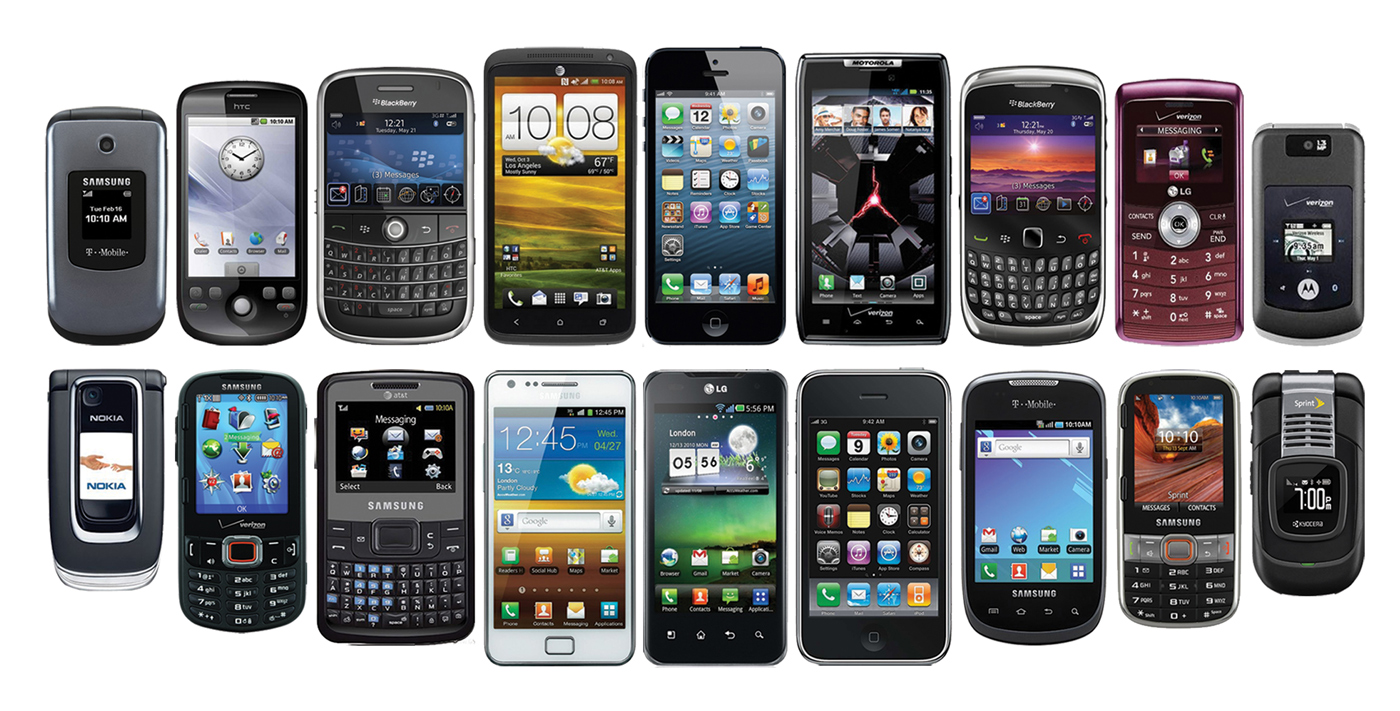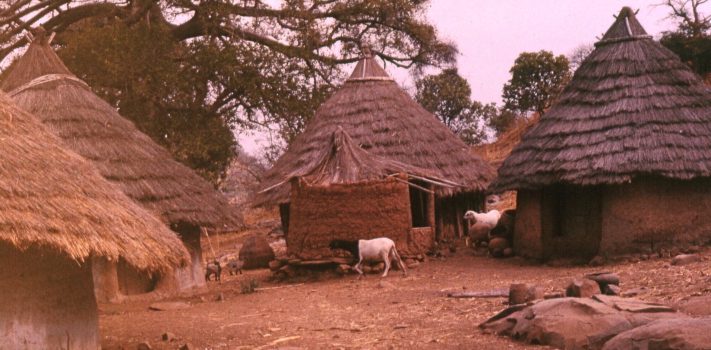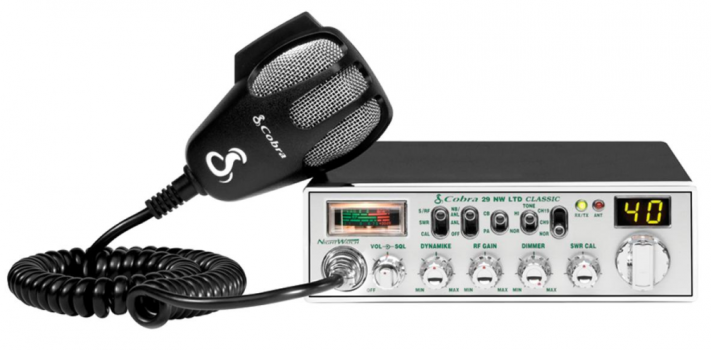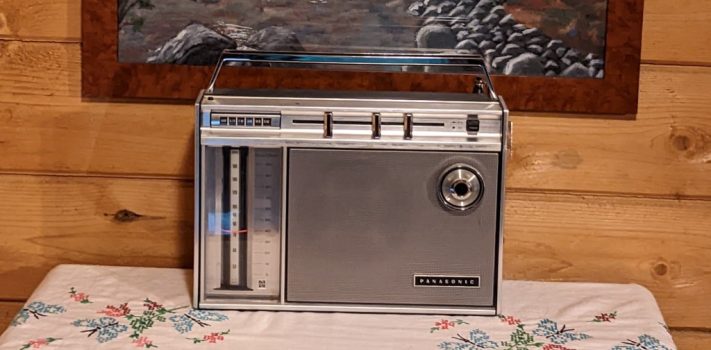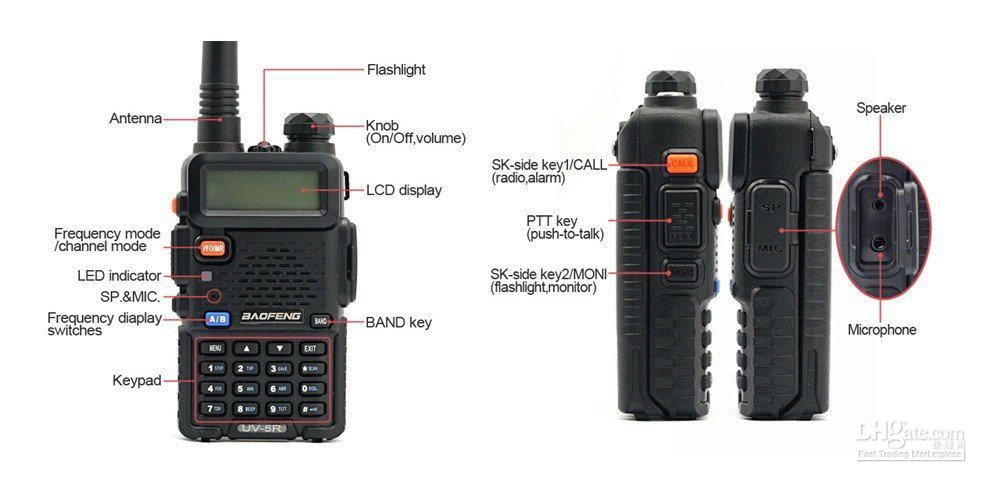A Low Power Communications Station in a Bucket – Part 5, by Tunnel Rabbit
(Continued from Part 4. This concludes the article.) RTL-SDR and SIGINT The photo at left shows a 2.GHz panel Yagi (a directional antenna) that was installed on a field expedient 30-foot wooden pole that is stabilized with guy wires. It is for use with a RTL-SDR dongle and a laptop to detect the signals controllng the movement of line of sight (LOS) drones that would emanate from the direction of the most likely avenue of approach. Its range of detection would be greatest when placed above the top of trees. In the world of radio, ‘Height is might’.) The link …

